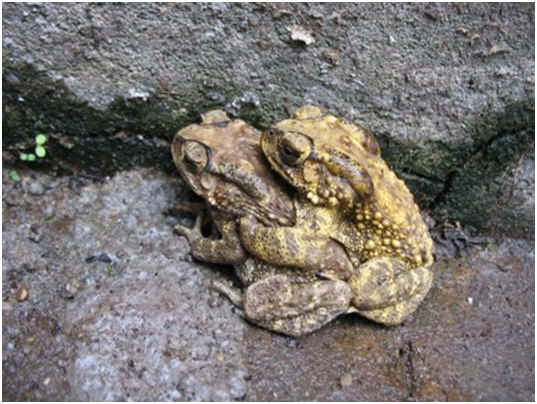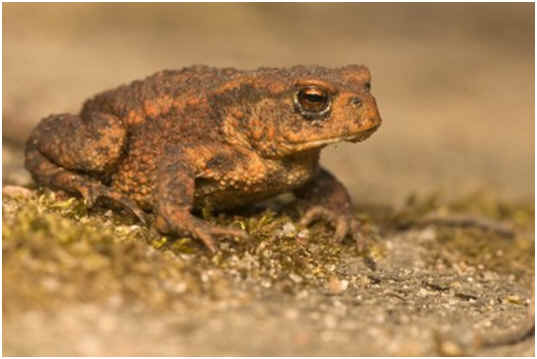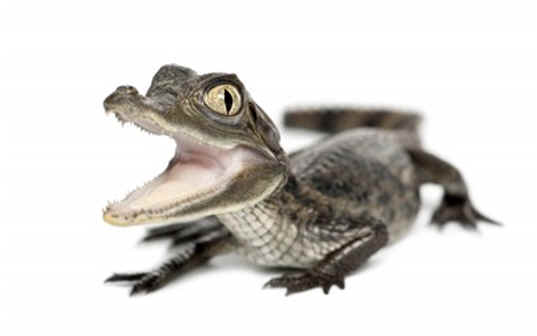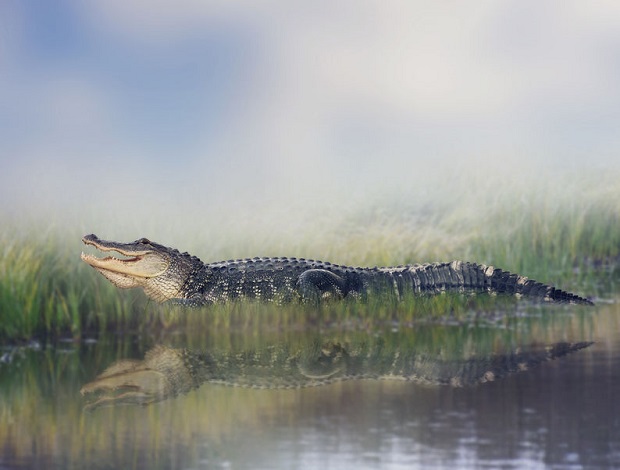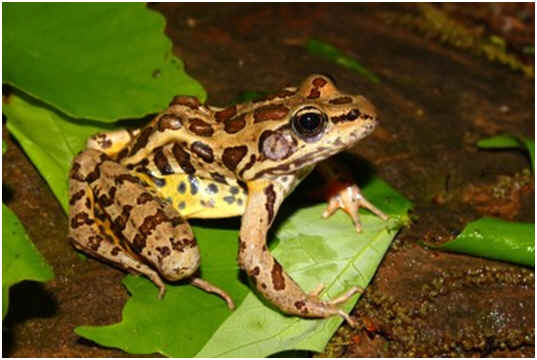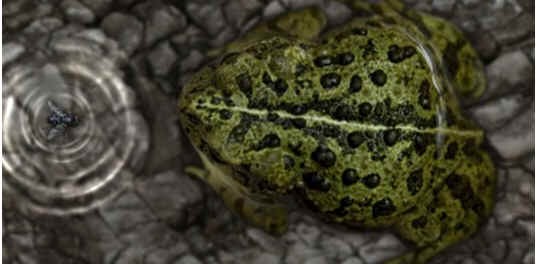
Do Frogs Have Hair?
Of the more than 7,000 frog species in the world, only one has hair. In Central Africa, you can find a species known as the hairy frog. The males of the trichobatrachus robustus, also known as the ‘horror’ frog, boast dermal papillae or hair-like structures on their bodies and thighs that appear during mating season. The females do not have this characteristic.
Jump Ahead
- Horror Frog Looks Hairy, But It’s Not Really Hair
- Only Males Have Hair
- Hairy Frogs Break Own Bones to Produce Claws
- Resources
Horror Frog Looks Hairy, But It’s Not Really Hair
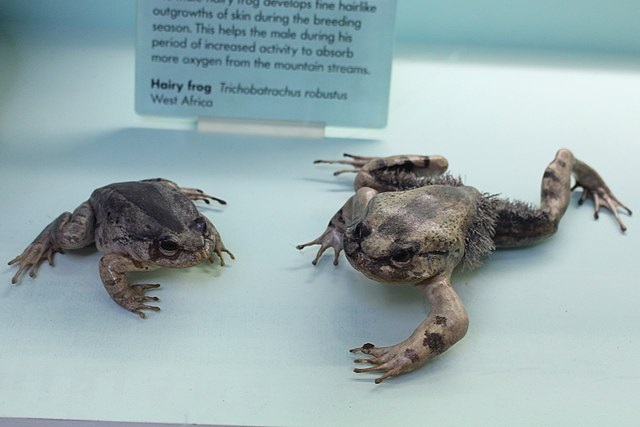
The dermal papillae are not actually hair, at least not how it is currently defined in mammals. It is instead an abnormal development of the tubercles on the frog’s skin. [2]
Only Males Have “Hair”
The purpose for the evolutionary growth of the hair-like structures on the male is not quite understood. In 1907, Andersson speculated that the hairs were a “nuptial dress” and part of the mating process. He suggested that this would explain why the hairs on the legs grow intensely red, suggesting they are a visual signal to attract females. [3]
The most widely accepted theory was introduced by Noble in 1925, who regarded the appendages as a respiratory organ. He proposed that the presence of the “hairs” made up of cells and capillaries allows for more cutaneous respiration, which would allow the frog to stay submerged longer while protecting their eggs. [4]
In 2010, Barej theorized that the “hairs” are likely unsuitable for gas exchange because the papillae lack a path for venous return. Instead, the “hairs” may act as a barrier to protect against fatal injury by the claw-like terminal phalanges of a rival male. [5]
Hairy Frogs Break Own Bones to Produce Claws
Believed to be a defense mechanism, hairy frogs have the ability to break their bones. They can snap off a pointed, bony extension from their toes by tensing their muscles. Pushing them forward and into a clawlike deterrent. They will do so if they are grabbed or attacked. These frogs can also retract them similarly to cats’ claws. [6]
Resources
- [1] Halliday, Tim. The Book of Frogs: A Life-Size Guide to Six Hundred Species from Around the World. United States, University of Chicago Press, 2016.
- [2] The Modern Review. India, Prabasi Press Private, Limited, 1916.
- [3] [4] [5] Barej, Michael F, et al. “The Hairy Frog, a Curly Fighter? – a Novel Hypothesis on the Function of Hairs and Claw-like Terminal Phalanges, Including Their Biological and Systematic Significance (Anura: Arthroleptidae: Trichobatrachus).” Revue Suisse De Zoologie., vol. 117, 2010, pp. 243–263.
- [6] New Scientist – “Horror frog breaks own bones to produce claws.”
